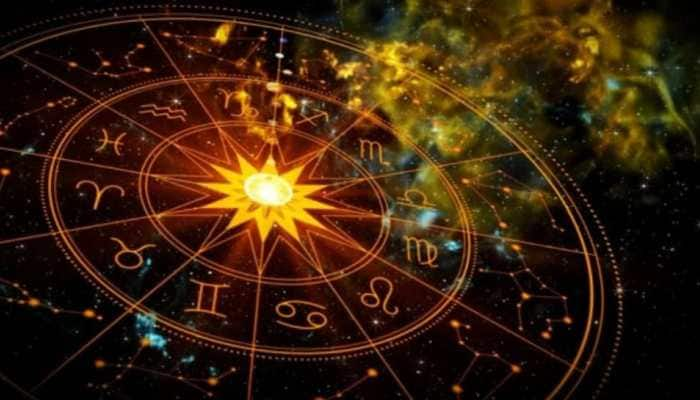Hubble sees star 'inflating' giant bubble – Watch!
The object, known as the Bubble Nebula, is a cloud of gas and dust illuminated by the brilliant star within it.
Trending Photos
) Image credit: NASANASA.gov Video/YouTube
Image credit: NASANASA.gov Video/YouTube Washington: Just days before its 26th birthday, the Hubble Space Telescope has captured in stunning clarity what looks like a gigantic cosmic soap bubble being blown into space by a super-hot, massive star.
Astronomers are highlighting the Hubble image of the Bubble Nebula, or NGC 7635, to mark the 26th anniversary of the launch of Hubble into Earth orbit by the STS-31 space shuttle crew on April 24, 1990.
The object, known as the Bubble Nebula, is a cloud of gas and dust illuminated by the brilliant star within it. It lies 8,000 light-years away in the constellation Cassiopeia.
Video credit: NASA.gov Video/YouTube
"As Hubble makes its 26th revolution around the Sun, we celebrate the event with a spectacular image of a dynamic and exciting interaction of a young star with its environment," said John Grunsfeld, associate administrator of NASA's Science Mission Directorate at its headquarters in Washington, DC.
"The view of the Bubble Nebula reminds us that Hubble gives us a front row seat to the awe inspiring Universe we live in," Grunsfeld added.
Hubble’s Wide Field Camera-3 imaged the nebula in visible light with unprecedented clarity in February 2016. The colors correspond to blue for oxygen, green for hydrogen, and red for nitrogen. This information will help astronomers understand the geometry and dynamics of this complex system
First discovered by William Herschel in 1787, this is not the first time the object has caught Hubble's eye.
However, owing to its huge size on the sky, previous Hubble images have only shown small sections of the nebula, providing a much less spectacular overall effect.
Now, a mosaic of four images from Hubble's Wide Field Camera 3 (WFC3) allows us to see the whole object in one picture for the first time.
The nebula shell is the result of a powerful flow of gas -- known as a stellar wind -- from the bright star visible just to the left of centre in this image.
The star, SAO 20575, is between 10-20 times the mass of the Sun and the pressure created by its stellar wind forces the surrounding interstellar material outwards into this bubble-like form.
Although the sphere already measures around 10 light-years in diameter, gas on the star gets so hot that it escapes away into space as a "stellar wind" moving at over four million miles per hour.
The NASA/ESA Hubble Space Telescope was launched on April 24, 1990 into the low-Earth orbit aboard the space shuttle Discovery as the first space telescope of its kind.
(With IANS inputs)
Stay informed on all the latest news, real-time breaking news updates, and follow all the important headlines in india news and world News on Zee News.
Live Tv







)
)
)
)
)
)
)
)
)
)
